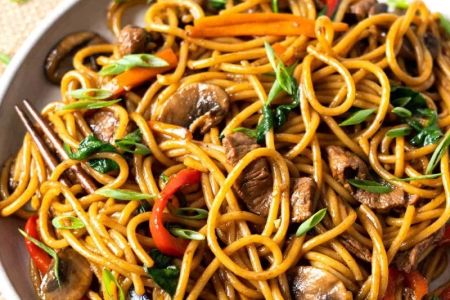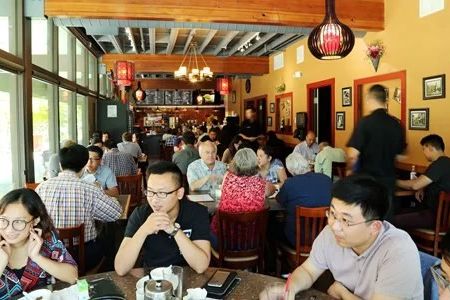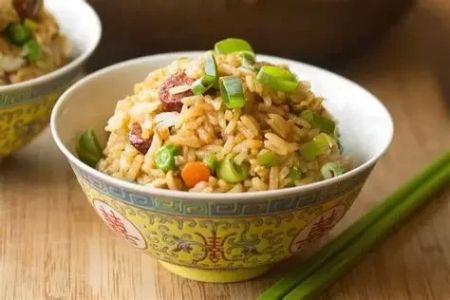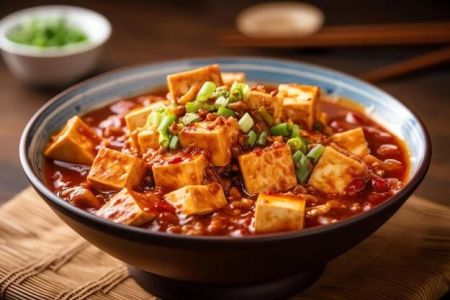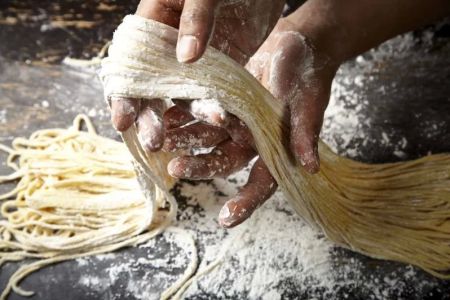- 1-chinese-food-as-a-symbol-of-heritage-in-us-festivities
- 2-lunar-new-year-how-traditions-travel-across-america
- 3-mooncakes-and-mid-autumn-festivals-across-us-cities
- 4-weddings-birthdays-and-symbolic-dishes-in-chinese-celebrations
- 5-educational-and-cultural-events-through-chinese-cuisine
- 6-authenticity-vs-adaptation-the-american-dining-scene
- 7-where-to-experience-celebration-worthy-chinese-food-in-the-us
1. Chinese Food as a Symbol of Heritage in U.S. Festivities
Chinese cuisine has transcended its role as mere nourishment—it now serves as a cultural ambassador, especially during celebrations and festivals across the U.S. Whether it’s dumplings at a New York Lunar New Year parade or mooncakes at a California Mid-Autumn Festival, food ties Chinese American communities together, carrying memories, stories, and identity across generations.
For many, cooking or enjoying Chinese food during holidays isn’t just about flavor. It’s an act of remembrance and expression. Dishes become symbols—fish for prosperity, noodles for longevity, and sticky rice balls for reunion.
2. Lunar New Year: How Traditions Travel Across America
The Lunar New Year is arguably the most significant celebration in Chinese culture—and in the U.S., its reach is growing. Cities like San Francisco, Boston, and Houston host grand parades, firework displays, and community banquets. But the true heart of the celebration lies on the table.
Dumplings are hand-folded in family kitchens from Los Angeles to Atlanta, believed to bring wealth and luck. Nian gao (sticky rice cake) is shared to "rise higher" in the new year. These traditions, maintained even thousands of miles from their origin, speak volumes about how Chinese food preserves cultural roots amid American life.
3. Mooncakes and Mid-Autumn Festivals Across U.S. Cities
In September or October, parks and Chinatowns across the U.S. glow with lanterns during Mid-Autumn Festival. Families gather to admire the moon, share stories, and most importantly—enjoy mooncakes. These dense pastries, filled with lotus seed paste or red bean, are exchanged as gifts among friends, coworkers, and family members.
In cities like Chicago or Seattle, bakeries begin selling handcrafted mooncakes weeks in advance. One recent event at a Denver cultural center paired mooncake tasting with storytelling and Chinese calligraphy, inviting both Asian and non-Asian guests to understand the meaning behind the food.
4. Weddings, Birthdays, and Symbolic Dishes in Chinese Celebrations
In Chinese-American weddings and milestone birthdays, menus are chosen with precision. Whole fish symbolizes unity and surplus. Sweet red bean soup might follow a meal to express joy and sweetness in life. Longevity noodles are a birthday staple, sometimes so long they’re served uncut.
In one personal account from a Houston family, a 70th birthday celebration included a twelve-course banquet where every dish—from roast duck to abalone—had a symbolic blessing. These customs, adapted for local tastes but deeply rooted in tradition, preserve cultural meaning in a modern context.
5. Educational and Cultural Events Through Chinese Cuisine
Chinese food also plays an active role in cultural education. Universities, community centers, and museums across the U.S. use Chinese culinary demonstrations to teach about festivals and history. Cooking classes and tasting events are frequently part of Lunar New Year or heritage month programming.
For example, a San Diego community college recently hosted a “Taste of China” event featuring bao-making workshops, storytelling about regional dishes, and traditional lion dancing—all centered around the theme of food as a cultural bridge.
6. Authenticity vs. Adaptation: The American Dining Scene
Chinese restaurants in the U.S. often walk the line between authenticity and adaptation. While General Tso’s chicken and egg rolls are crowd-pleasers, many establishments have started incorporating more traditional festival dishes during special occasions to educate diners and honor tradition.
Pop-ups and specialty menus around Lunar New Year or the Dragon Boat Festival now include items like turnip cakes, sticky rice dumplings (zongzi), and lotus seed desserts. Diners increasingly crave stories along with their meals, making celebration foods an exciting entry point into deeper cultural appreciation.
7. Where to Experience Celebration-Worthy Chinese Food in the U.S.
If you're looking to enjoy the cultural significance of Chinese food in person, Chinese Food offers a curated selection of restaurants and community events where celebration menus shine. From banquet halls in Flushing to dim sum brunches in San Francisco, these places showcase food's role in marking life's most meaningful moments.
You don't need to be Chinese to appreciate the richness of these traditions. Through every bite of jiaozi or sip of chrysanthemum tea, you're invited into a story—one that spans continents, generations, and celebrations.



